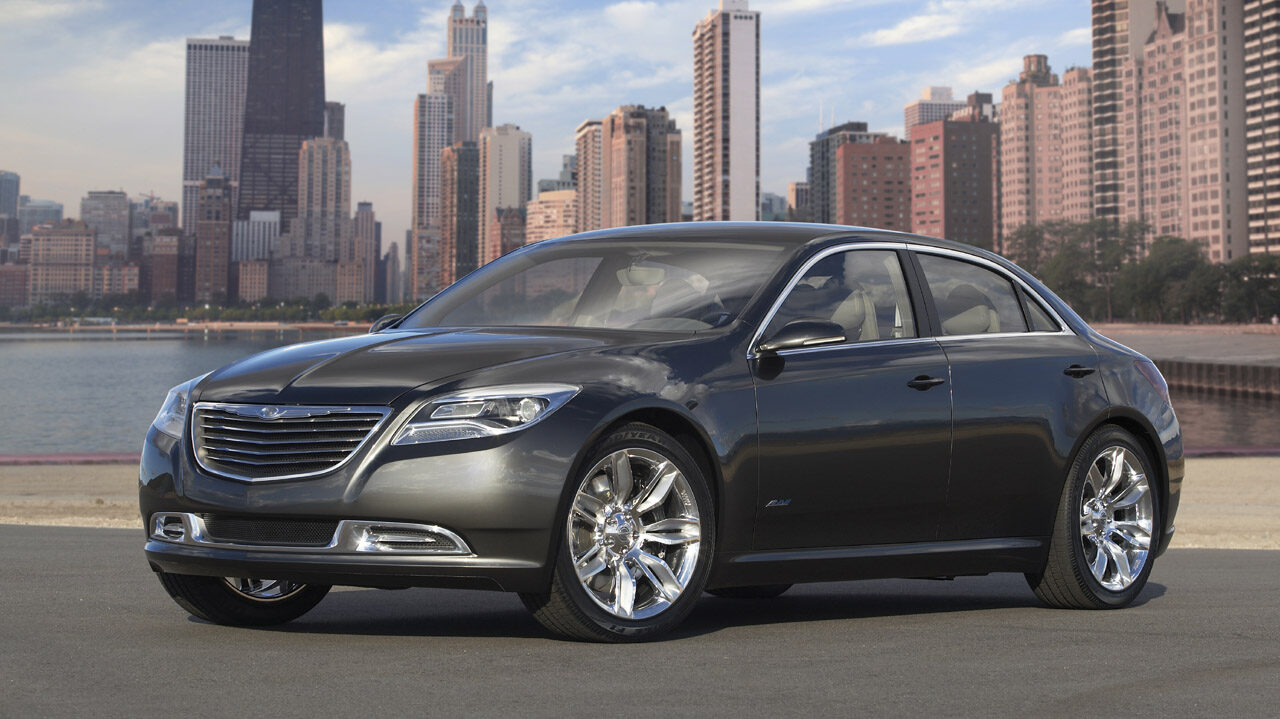Now is the time to build this one. Sedans are dead, we are losing two more in our marketplace, the Subaru Legacy and the Chevrolet Malibu. Battery electric vehicles have lost their luster and sales have stalled. So why do I propose green lighting this concept?
The market has flipped back dramatically towards hybrids. Stellantis now has access to extended range electric vehicle (EREV) technology through Leapmotor. A major figure in GM's Volt program is now the head of Stellantis global powertrain. The Dundee, MI engine plant is replacing the 2.4 Tigershark with the 1.6 liter PSA four cylinder engine designed for hybrid use. For half the population, the CARB zero emissions mandates are still looming. The engineering is in place to build both BEV and PHEV using a common platform on the same production line. (Anyway, Stellantis says so.)
A potential pitfall to a production version of this concept would be styling. I think the styling of this concept still looks good, but then I also liked the batwing 1961 Chrysler. The point I'm making is it must have 100% American in-house styling. It must be a proper sedan and not some ponycar wannabe. That goes for the interior as well. As advanced as the interior in this Chrysler concept was at the time, it still looked like a car interior. Too many vehicles today have tablets glued to the dashboard and laminate touchscreens with hierarchal menus. Just say no.
The powertrain must be durable. The furloughed 2.4 liter Tigershark was a mess. It didn't live up to its claimed horsepower and had major reliability issues. It was the cause of consumer rejection of a number of CDJ products. The 1.6 PSA four cylinder also has a bad reputation, but Stellatis claims it has been reformed. Hopefully there will be further improvements when it is built for our market.
I think the business case is there for this concept. It can share a line with crossovers and SUVs. Using a common platform and drivetrain helps the economy of scale, so it doesn't have to be sold in huge numbers.


